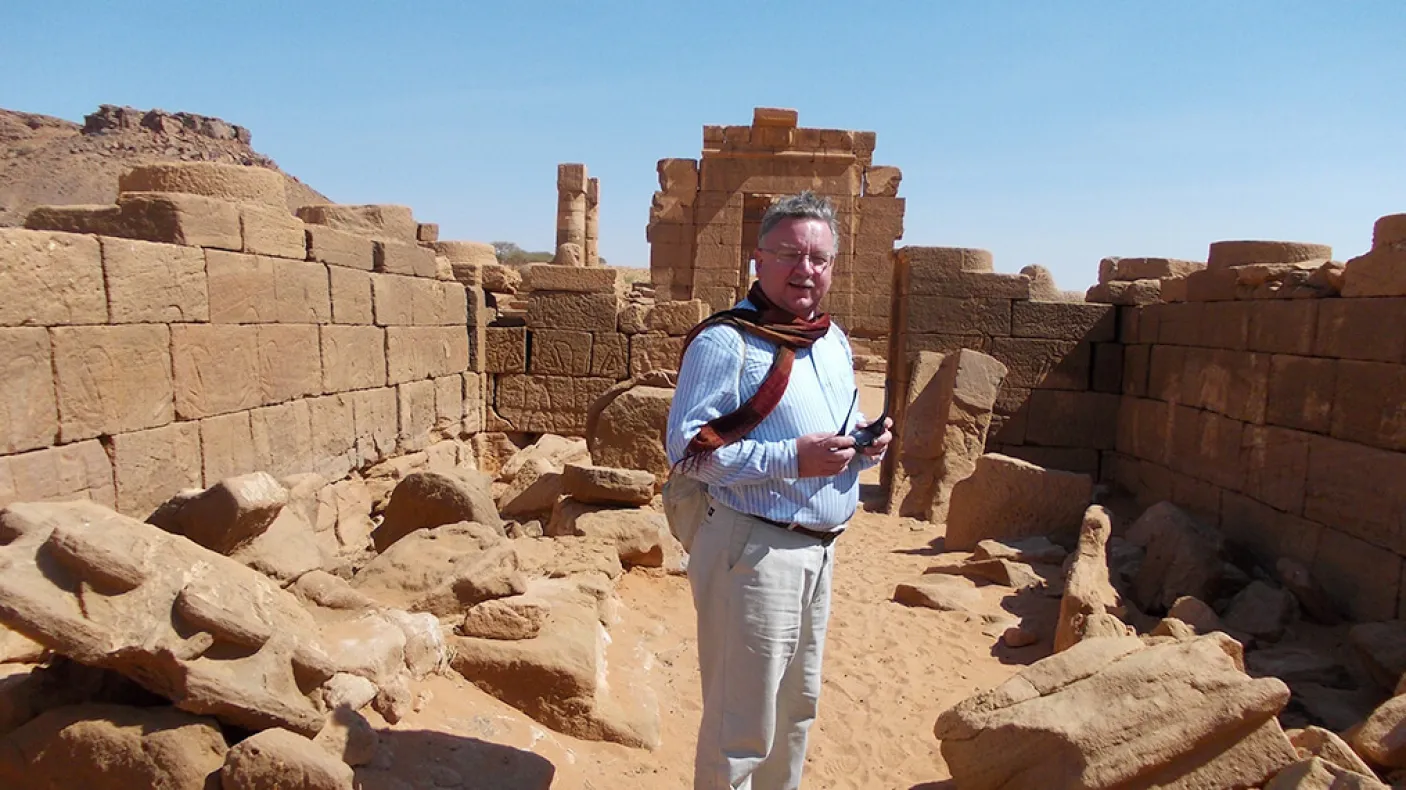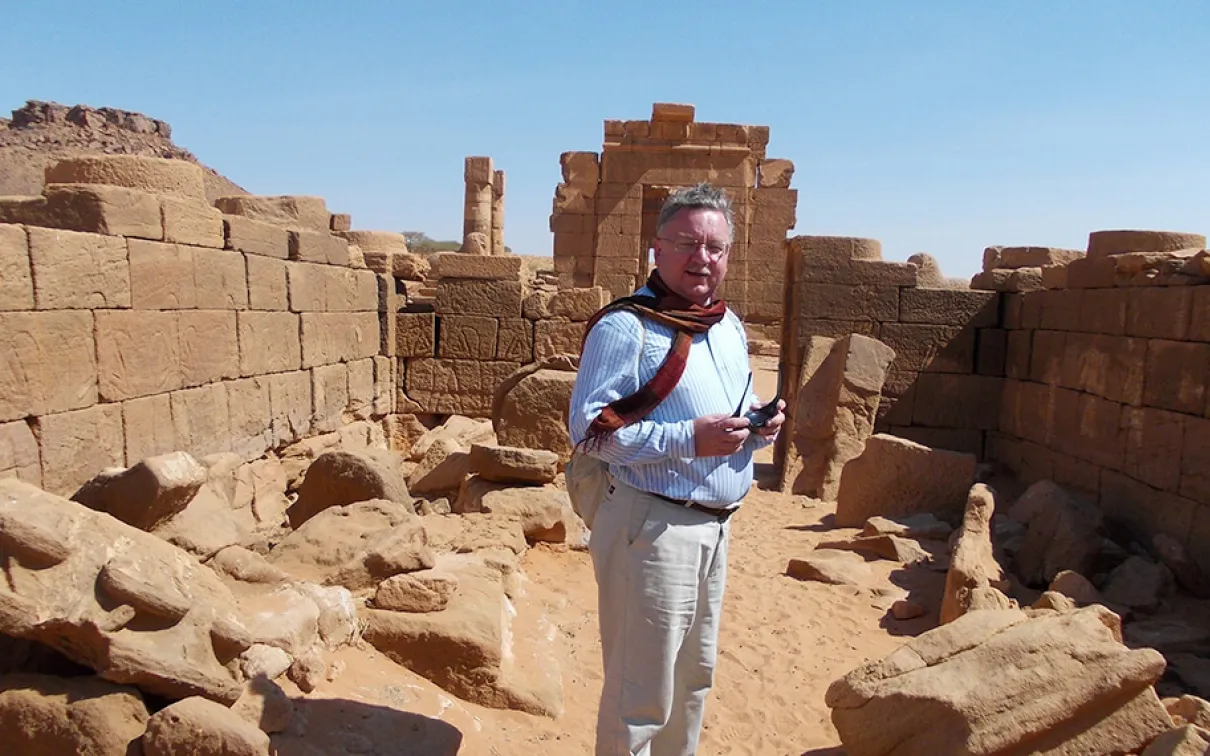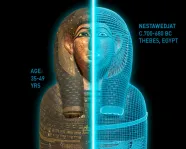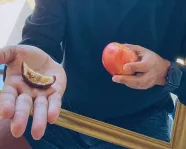Ask ROM Anything: Krzysztof Grzymski
Category
Audience
Age
About
Every Thursday at 10 am on Instagram we chat with a different ROM expert ready to answer your burning questions on a different subject. This time on Ask ROM Anything we are talking to Dr. Krzysztof Grzymski (pronounced CHRIS-toff JIM-ski) is Senior Curator of ROM’s Egypt and Nubia collection. Dr. Grzymski also serves as Associate Professor of Egyptian and Nubian archaeology in the Department of Near & Middle Eastern Civilizations at the University of Toronto.
Dr. Grzymski is an active field archaeologist. Since 2000, he has been directing the joint ROM – University of Khartoum project at the site of Meroe, Sudan’s ancient capital and one of the largest archaeological sites in Africa. The results of this research project have been included in the ROM’s permanent Galleries of Africa: Nubia. Dr. Grzymski served as the Secretary of the Egyptology Committee of International Council of Museums (ICOM) 2004 – 2007.
Dr. Grzymski is the ROM’s curator of Egyptian Mummies: Ancient Lives. New Discoveries., an exhibition that uses the latest technology to explore what six mummified individuals can teach us about how people lived along the Nile and what happened to them after they died.
Ask Dr. Grzymski Anything
Q. What is an element of death in ancient times that you think should be practiced today?
A. Ancient Egyptians really maintained the memory of the deceased and returned regularly to the tomb to pray for the deceased.
Q. What dishes did you try on your travels for field work?
A. Traditional Middle Eastern dishes such as foul (beans), molokhia (which I personally don’t like), the bulti fish (which I love) and fantastic, sweet grapefruits in the Sudan.
Q. Did ancient Egyptians spend a lot of their time thinking about death/the afterlife?
A. Yes, it seems that they did and hoped that the afterlife will be as full of joy as this life. However, an inscription in the tomb of Intef shows some doubts about the afterlife stating that “no one came back to tell us what it is like in the afterlife”.
Q. To the best of your knowledge, has anyone found any truth to the Osiris-Seth story, or is it all legend?
A. It has been supposed that in the predynastic times there was once a good king Osiris ruling in the Nile Delta, who was killed by his mean brother Seth and who was avenged by his son (Horus). Things like this happened often in history, e.g. in medieval Europe. Also think of Shakespeare’s Hamlet.
Q. Which civilization was better at mummy art — Egypt or Sudan?
A. The mummification techniques were developed in Egypt and, quite naturally, this art was better there. On the other hand, the very dry and hot climate of Nubia meant that archaeologists find numerous naturally desiccated bodies in the Sudanese Nubia.
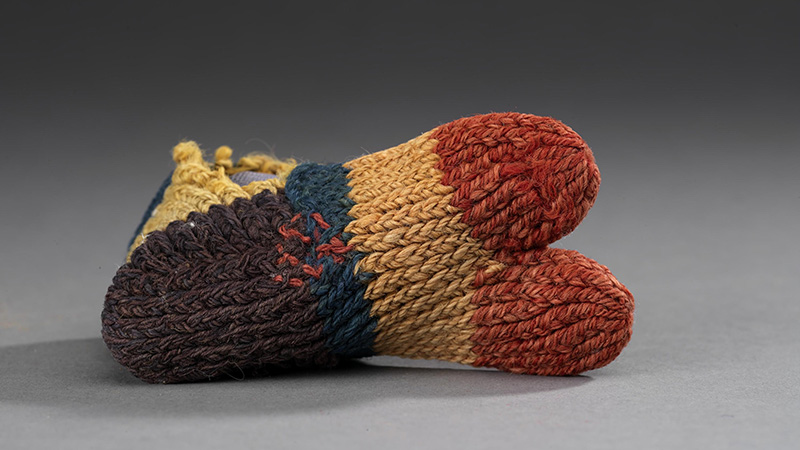
Q. I saw a boy’s tunic at the exhibit. Have there been many items of clothing found from ancient Egypt?
A. Yes, due to the conducive climatic conditions lots of clothing was found in Egypt. The most interesting items come from the very late periods, Roman and Coptic, when textiles were frequently decorated. In earlier periods the Egyptian wore simple linen robes and kilts.
Q. What are some things you consider when displaying mummies?
A. In most general sense it is the question of doing it respectfully, and in practical terms it is the problem of the proper climate and light control. In this specific exhibition the case with a mummy or coffin containing a mummy must be placed near the screen presenting the CT scans.
Q. What was the most common cause of death in ancient Egypt? Do we now their average life span?
A. I don’t think that we know the most common cause, but the studies of the mummies show that they suffered from disease common today such as cancer or cardiovascular problems. While the Egyptians took good care of their hygiene, they certainly must have had lots of infections. Additionally, there reports of various epidemics: plague, cholera and the ever-present malaria.
Q. Is there any evidence of games or sport played in ancient Egypt? Are any still played today?
A. In the ROM Egyptian Gallery, we display a Senet game board and in the special exhibition we show the board for the “game of twenty squares”; they also played “snakes & ladders” and some other games. Scenes in the tombs and some texts show sports such as wrestling, rowing or racing; they (especially the upper classes) also loved fishing and hunting, if these activities can be considered sport. Some of these sports continue to present days.
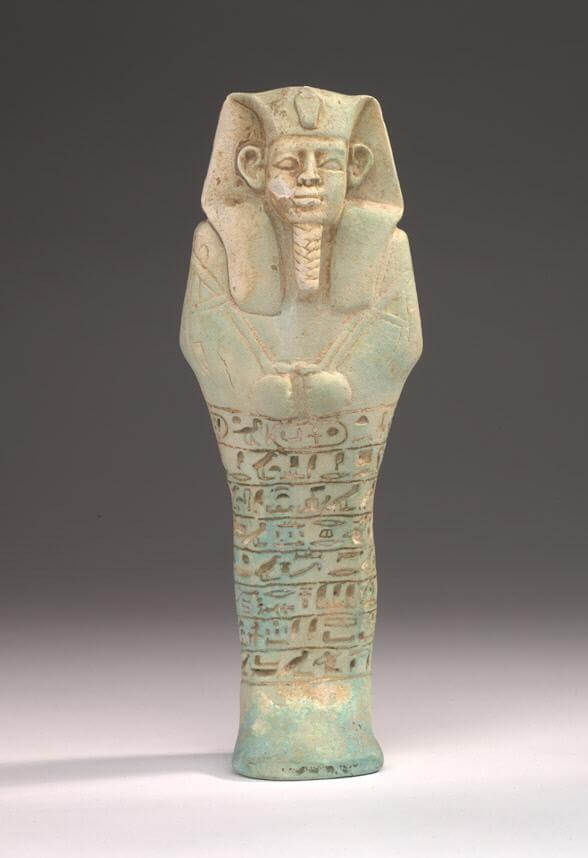
Q. What were some of the practices done to celebrate life and death? Are there objects in the ROM’s collection related to this?
A. Preservation of the body, so that one can enjoy the afterlife, was the most important practice. Supplying the goods for the afterlife which took the form of models (brewery, farm activities, foods, drinks) in the Middle Kingdom (c.2000 – 1700 BC) and depiction of various pleasurable activities in tomb paintings and reliefs and, later, on the stelae (tombstones). In the New Kingdom and later the placement of the so-called shawabty figurines whose duty it was to perform the menial task in the afterlife, so that the deceased did not need to work.
Q. What is your favourite dynasty and what draws you to it?
A. I love the Old Kingdom (dynasties III to VI), when the pyramids were built. In fact, I co-curated a beautiful exhibition on the subject which we hosted at the ROM in February-May 2000. The exhibition catalogue is still available.
Q. Did the Nubians practice different techniques for mummification?
A. Depends on the period, but generally the kings and some nobles seem to have adopted the Egyptian custom of mummification. The majority of the population was buried either laying on a traditional Nubian bed (“angareeb”) or simply wrapped linen and placed in the tomb.
Q. What was makeup and cosmetics like in ancient Egypt?
A. The ancient Egyptians were very fond of using all sorts of plant-based oils and unguents + some inorganic pigments. The most common cosmetic was kohl, usually applied around the eyes. Apparently, kohl also possesses some antibacterial properties. Banquet scenes in tombs often show ladies with a lump of oily substance on top of their heads. It is assumed that this was to prevent the drying up of the hair (natural or wig) in the dry environment.
Q. What is your favourite story in Egyptian mythology?
A. Not surprisingly I like the “Story of Sinuhe” which was popularized in the 20th century by a novel written by a Finnish author Mika Waltari and a Hollywood movie made in the 1960s(?) based on this story. I also like the Old Kingdom story about king Cheops (Khufu) and the magicians. They are not mythological or religious stories, but rather literary texts.
Q. If you were pharaoh, what would you take into the afterlife with you?
A. Preferably nothing, to not tempt the robbers, who were robbing the royal tombs already in the antiquity.
